The teaching of Asian history in U.S. schools is in the spotlight after Florida Governor Ron DeSantis required that Asian American and Pacific Islander history be a part of the K-12 curriculum.
DeSantis made the move in May after making a series of controversial education decisions in his state. They included signing a bill the same month to ban public colleges from spending money on diversity, equity and inclusion programs. He also banned an Advanced Placement African American studies class, which stoked concern from civil rights groups.
The governor said in January that the course was "more of ideology being used under the guise of history".
According to the Florida Department of Education website, the state does require the teaching of African American history, including slavery, abolition and the contributions of African Americans to society.
"Students shall develop an understanding of the ramifications of prejudice, racism, and stereotyping on individual freedoms, and examine what it means to be a responsible and respectful person, for the purpose of encouraging tolerance of diversity in a pluralistic society and for nurturing and protecting democratic values and institutions," the website said.
The push for Asian history was led by the national group Make Us Visible, which aims "to build curriculum and advocate for the integration of Asian American contributions, experiences and histories in K-12 classrooms".
Kate Lee, co-founder and executive director of Make Us Visible, told China Daily that Mimi Chan, director of the organization's Florida chapter, led her team on the effort for the past two years.
As part of the curriculum, students will learn about the "contributions of Asian Americans and Pacific Islanders to American society".Information on the history of Japanese American incarceration in World War II, immigration and citizenship will also be included.
But Manjusha Kulkarni, co-founder of Stop AAPI Hate, a coalition of community-based organizations that advocates for Asians, said that it wasn't possible to teach about the Asian American experience while excluding other groups' history, including African Americans, Latinos and indigenous people.
"We cannot address racism and hate in a silo. We know that our communities are interconnected," Kulkarni said in a statement.
In 2021, Illinois became the first U.S. state to mandate that Asian history be taught in K-12. A year later, New Jersey, Connecticut and Rhode Island followed suit. California passed a law in 2021 that made ethnic studies a high school graduation requirement.
Wayne Au, interim dean and professor at the University of Washington Bothell School of Educational Studies, told China Daily: "While I think it is important that several states like Illinois and New Jersey are mandating Asian American history, what is happening in Florida with DeSantis is entirely different.
"First, DeSantis' attacks on African American studies just before passing a bill in support of Asian American history illustrate that DeSantis (and Florida) are not serious about racial justice and instead are interested in putting Asian Americans and black Americans against each other."
There are 24 million Asians in the U.S.. The largest group is Chinese at 5.2 million. There are 4.8 million Indians, 4.4 million Filipinos, 2.3 million Vietnamese, 2 million Koreans and 1.6 million Japanese, according to the U.S. Census Bureau. There are 1.7 million Native Hawaiian and Pacific Islanders.
Amid a push for more Asian history to be taught, a recent poll by the Pew Research Center found that 24 percent of Asians polled said they knew little or nothing at all about their history.
The same number claimed to be "very or extremely" informed about their history in the U.S.. Out of those who were extremely informed, 82 percent learned it from the internet, 76 percent from media and 70 percent from family and friends.
Another 49 percent learned about history from college or university and 39 percent from school.
Railway contribution
From details about Chinese laborers who helped to build the first Transcontinental Railroad, to the Spanish-American War and its impact on the Philippines, which became a U.S. territory, to Japanese immigrants working on sugar plantations in Hawaii, the early Asian American experience was vast and varied.
The story of Chinese Americans begins when they first immigrated to the U.S. in the 1850s to try their luck amid the California Gold Rush. When that ended, many worked on farms, as domestic workers, and some toiled under harsh conditions to help build the Transcontinental Railroad.
By 1869, many found it difficult to secure reliable jobs after a depression caused economic hardship. In 1882, Congress passed the Chinese Exclusion Act, which restricted immigration into the U.S..
The history of Chinese people in the U.S. wouldn't be complete without details about Chinatowns, which grew self-sufficient from 1848 in San Francisco to several other cities.
The 1990 Immigration Act allowed many high-skilled immigrants from China and India to settle in the U.S. during the technology boom of the 1990s and early 2000s.
Au added: "It is critically important for us to tell the whole history of the United States, even if it makes the privileged feel uncomfortable. From European colonization and the attempted genocide of Native Americans to the enslavement of Africans, to the exploitation of early Chinese labor for railroads, to the illegal theft of the Native Hawaiian kingdom, the true history of the United States is fraught with racial injustice."








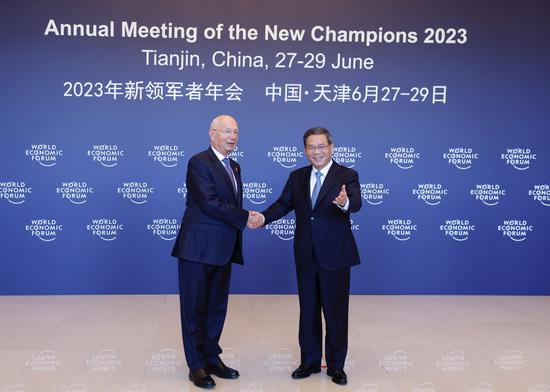

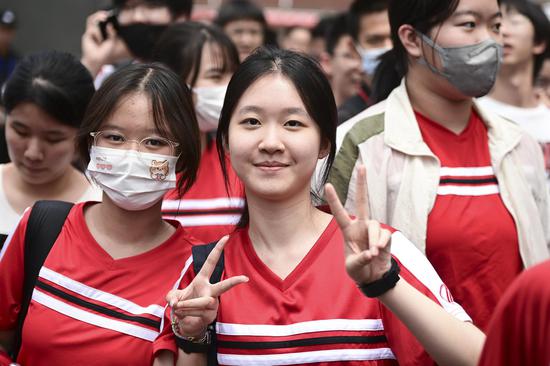








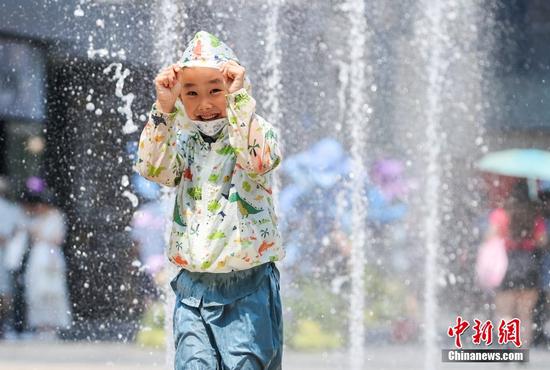









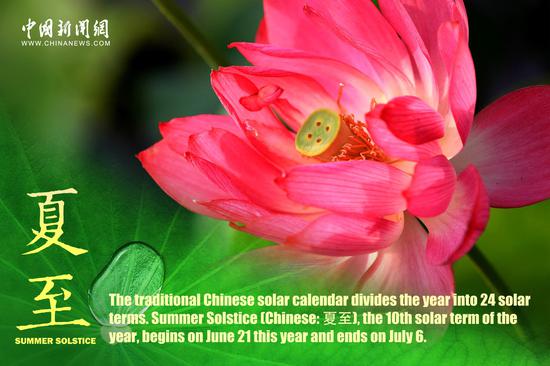
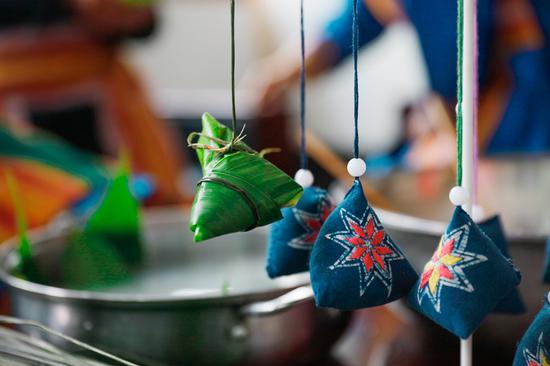
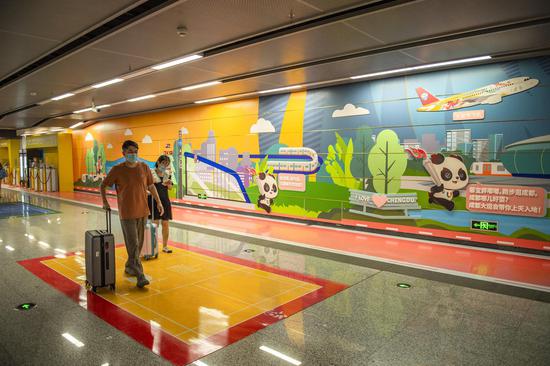
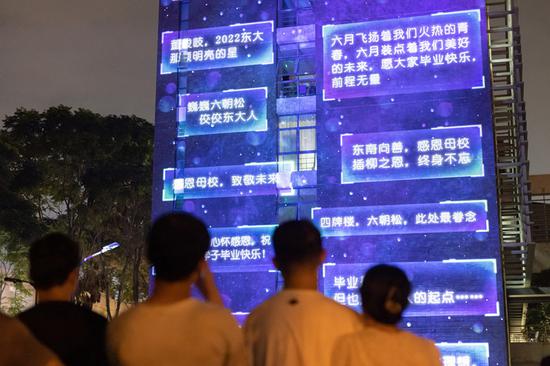
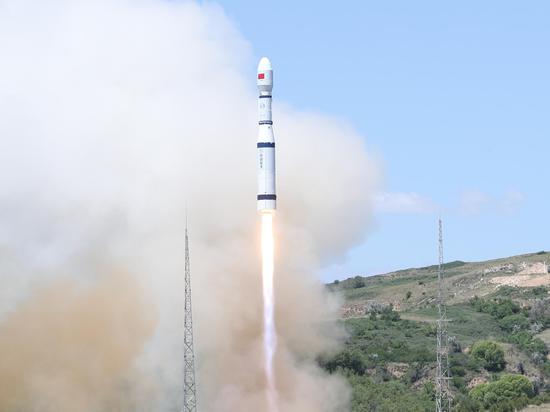
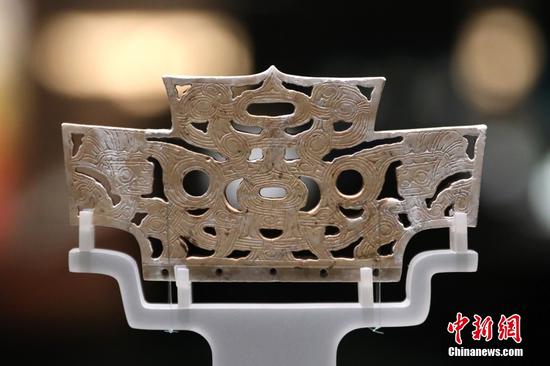


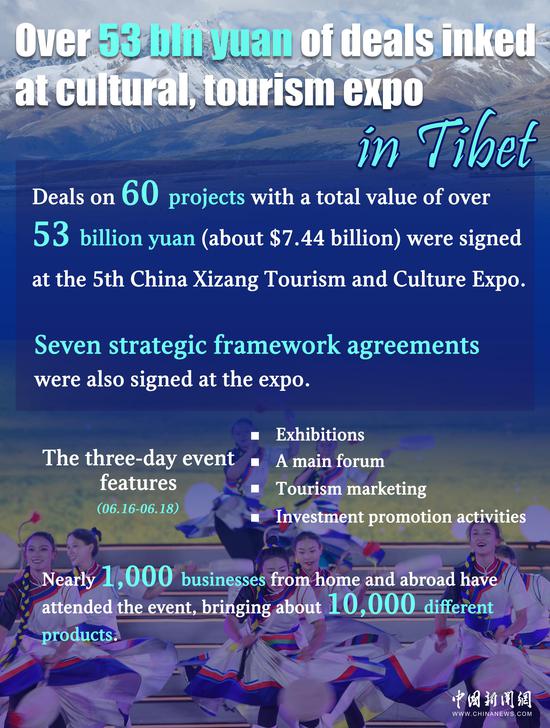


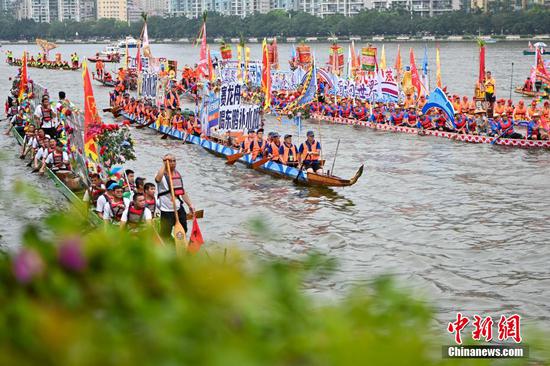

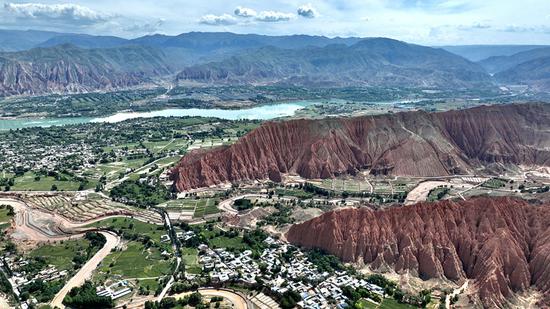
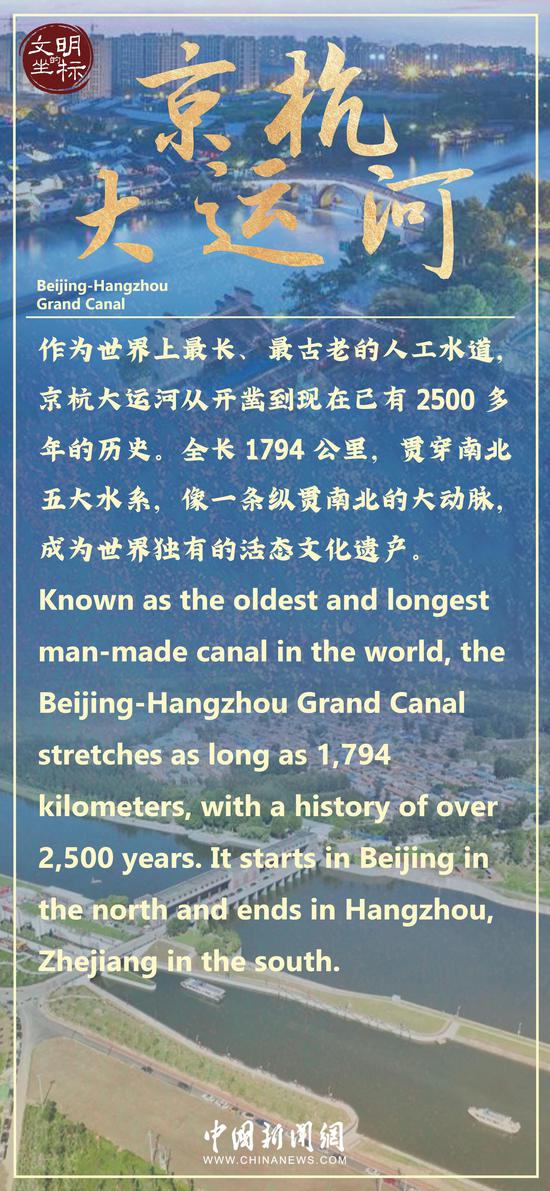






 京公网安备 11010202009201号
京公网安备 11010202009201号